Description
1. Parameter Specifications
- Power Supply: The IOP302 operates on a 24V DC power supply, with a relatively low power consumption of around 6 – 10W. This makes it energy – efficient for long – term use in various industrial and commercial settings.
- Input/Output Configuration:
- Digital Inputs: It is equipped with 10 digital inputs. These inputs can receive signals from common digital sensors like proximity sensors, limit switches, and opto – isolators. The input voltage range is 5 – 24V DC.
- Digital Outputs: There are 5 digital outputs. Each output can drive a load with a maximum current of 0.5A, suitable for controlling small relays, indicator lights, or low – power solenoids.
- Analog Inputs: There are 2 analog inputs. They can accept signals in the ranges of 0 – 10V or 4 – 20mA, with a 10 – bit resolution for basic analog quantity measurement.
- Analog Outputs: 1 analog output is available, capable of outputting signals in the same ranges as the analog inputs for simple analog control.
- Communication Interface: It supports an RS – 485 serial communication interface with the Modbus RTU protocol. This enables seamless data exchange with other Modbus – compatible devices and control systems.
2. Applications
- Industrial Automation: In small – scale industrial manufacturing, the IOP302 can be used to control and monitor basic production processes. For example, it can manage the operation of a single small – scale machine, control the start and stop of a conveyor belt segment, or monitor the status of a few sensors on a simple production line.
- Building Automation: In commercial or residential buildings, it can be used for basic building management tasks. It can control the lighting in a specific area, adjust the operation of a small – scale ventilation fan, or monitor the status of a door access control point.
- Agricultural Automation: In small – scale agricultural settings, it can be used to control simple irrigation systems. It can detect soil moisture levels through an analog sensor and control the operation of a water pump via a digital output.
3. Weight and Dimensions
- Weight: The module weighs about 0.2 kg, which is very light and easy to install and handle.
- Dimensions: The overall dimensions are: length – 80mm, width – 60mm, height – 15mm. Its compact size allows for installation in extremely tight spaces, such as inside small control boxes or on small equipment panels.
4. Features
- Modbus Compatibility: The support for the Modbus RTU protocol on the RS – 485 interface simplifies integration with other industrial devices and control systems. This enables seamless data sharing and system expansion.
- Cost – Effective Solution: With its relatively simple configuration and low – cost components, the IOP302 offers a cost – effective option for small – scale control and monitoring applications.
- Easy Configuration: It has a straightforward configuration process, which can be easily understood and implemented by users with basic technical knowledge.
5. Stability and Reliability
- Robust Construction: The module is housed in a durable plastic enclosure that provides protection against dust, moisture, and minor mechanical vibrations. This ensures stable operation in normal industrial and non – industrial environments.
- Fault – Tolerant Design: It is designed with built – in protection mechanisms such as over – current protection for the digital outputs. These features safeguard the module from electrical faults and extend its service life.
- Quality Components: The use of high – quality electronic components and strict quality control during manufacturing ensure long – term reliability and consistent performance.
6. Real – world Examples
- Small – scale 3D Printing Workshop: In a small – scale 3D printing workshop, the IOP302 controls the operation of a 3D printer. It receives signals from sensors that detect the position of the print head and controls the movement of the print head via digital outputs.
- Residential Greenhouse Lighting Control: In a residential greenhouse, it can be used to control the lighting system. It measures the light intensity inside the greenhouse through an analog sensor and controls the operation of the lights via digital outputs to provide optimal lighting conditions for plant growth.


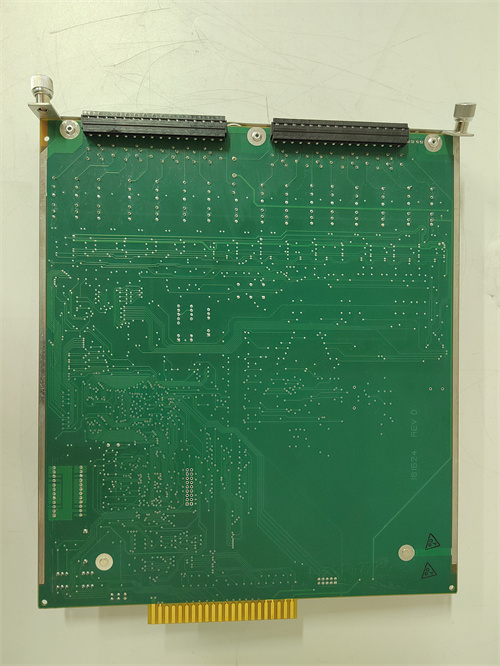
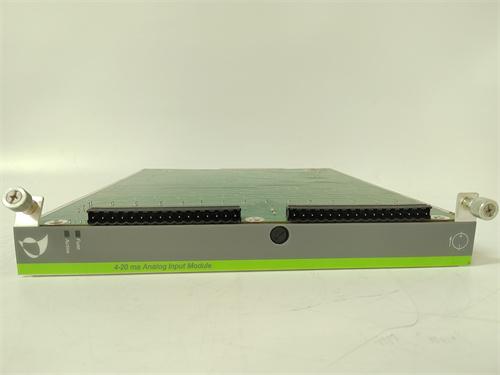
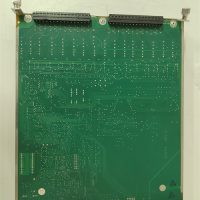



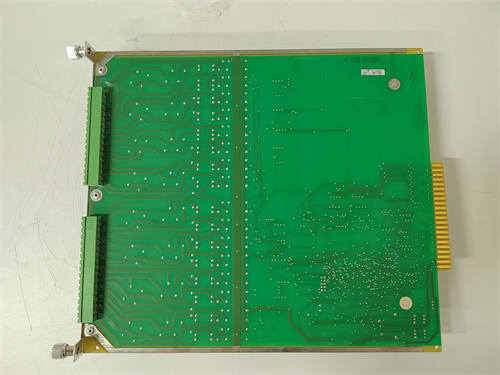
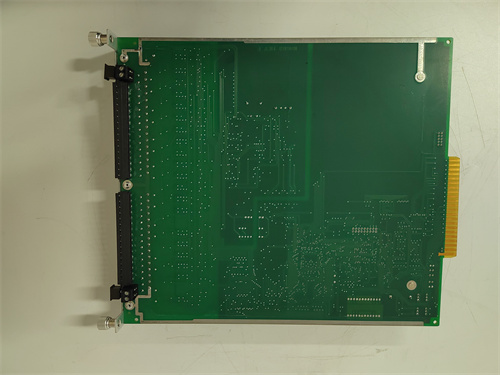
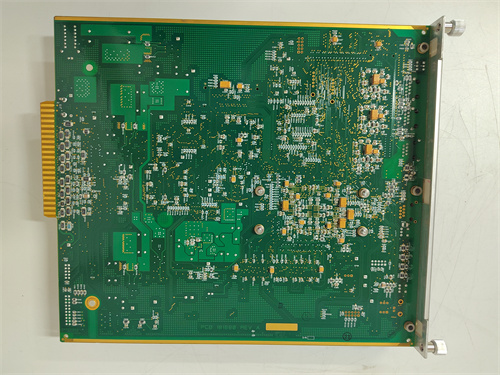
Reviews
There are no reviews yet.